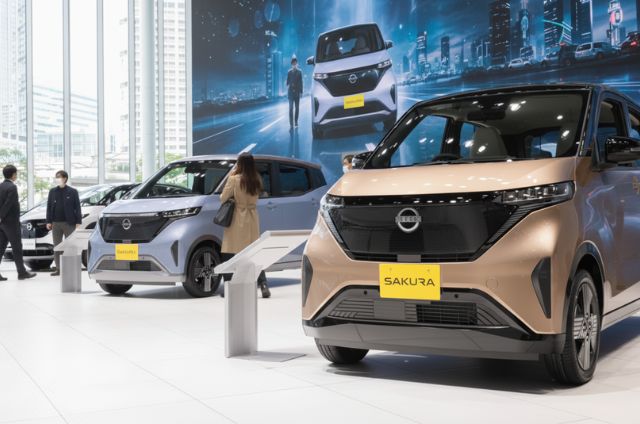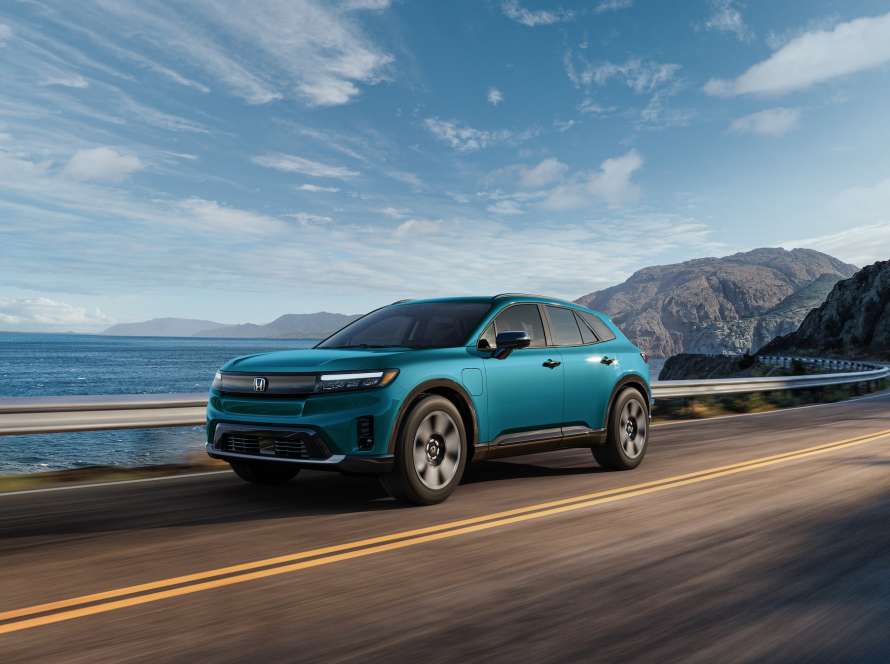The End of a Major Incentive
Federal incentives that saved U.S. electric vehicle buyers up to $7,500 are officially gone. Republicans recently pushed through legislation that eliminates these key EV credits from Biden’s Inflation Reduction Act, significantly changing the landscape for prospective EV shoppers.
Impact on EV Adoption Rates
Scrapping these incentives creates a definite slowdown—but not a total halt—in electric vehicle adoption. According to BloombergNEF, the U.S. will fall behind global EV trends, dropping out of the top three electric car markets worldwide. Without incentives, forecasts project U.S. electric vehicle market share at just 27% by 2030—down significantly from the previously estimated 48%.
However, experts like Elaine Buckberg from Harvard’s Salata Institute believe the impact might not be as severe as some expect. Even without federal credits, Buckberg predicts EV sales will still make up about 37% of new car purchases by 2030.
Prices Falling, Options Rising
Despite losing tax incentives, EVs remain attractive due to increasing affordability and model variety. The average EV price in the U.S. dropped from $64,700 to $59,900 since January 2023, according to Edmunds. Additionally, the EV market now offers double the models available two years ago, with more affordable options below the average vehicle price of $47,500.
Many dealerships also offer generous discounts. Stephanie Valdez Streaty from Cox Automotive highlights significant deals, such as Nissan Leaf prices dropping below $20,000 through dealer incentives alone.
Challenges for Lower-Income Buyers
While higher-income buyers might shrug off incentive removals, lower-income Americans are feeling the pinch. Ingrid Malmgren, policy director at Plug In America, emphasizes these policy shifts disproportionately impact less wealthy buyers who need incentives most.
The administration’s broader policy changes—including halting a $5 billion EV charging infrastructure project and easing emissions standards—compound these difficulties, further curbing EV growth in lower-income communities.
Global Momentum Continues
Outside the U.S., EV markets keep accelerating, especially in China. Cheaper batteries and a flood of affordable Chinese EV models sustain rapid global growth, with one-quarter of all new global car sales projected to be electric in 2025.
Despite U.S. policy setbacks, the global EV shift seems unstoppable, highlighting an emerging disparity between American and international EV adoption trends.



